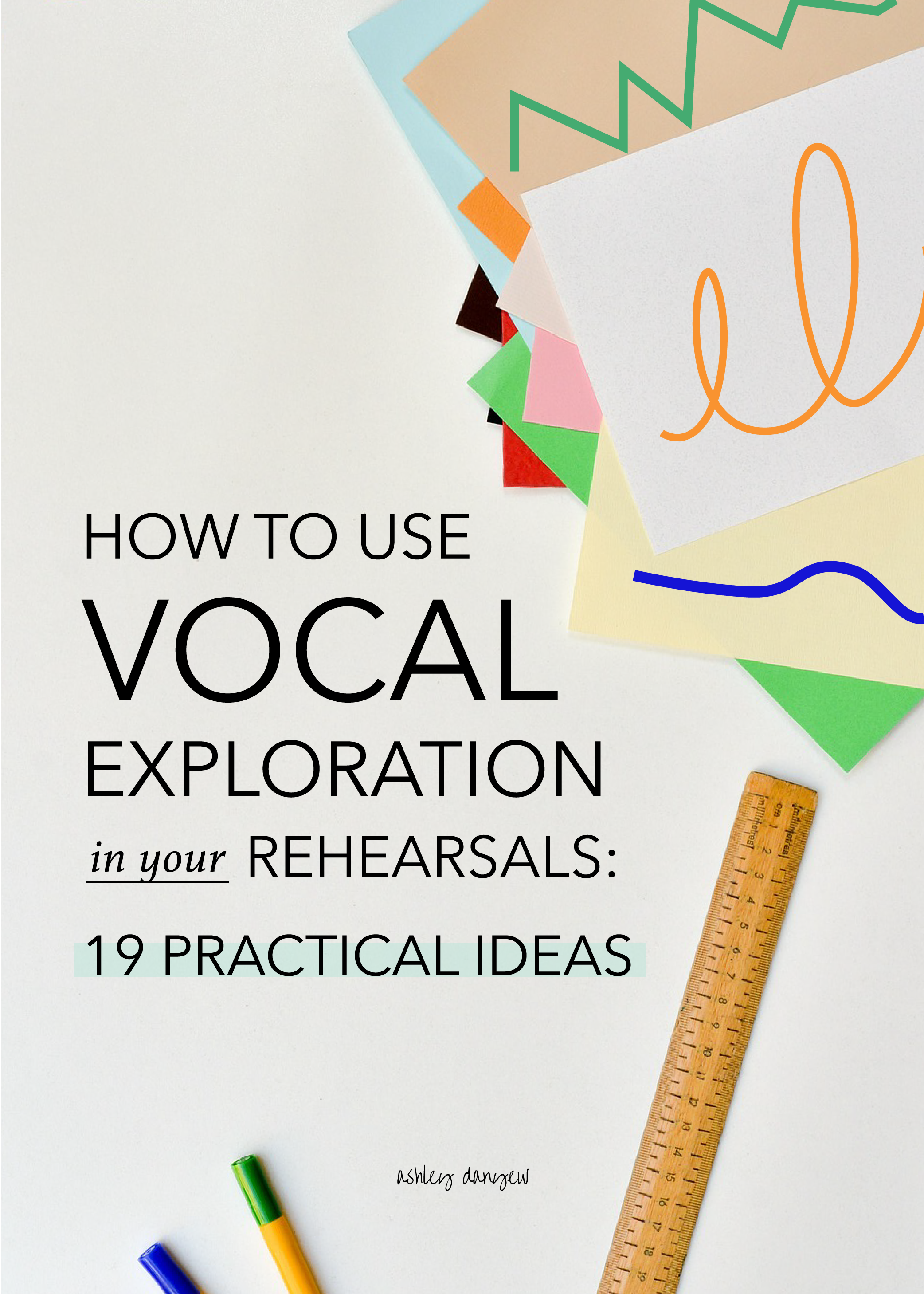Do you remember those songs we used to sing as kids that went on and on and on? That had what felt like a hundred verses, each one longer and sillier than the one before it?
This is the joy of a cumulative song.
From music class to road trips, playgrounds to choir rehearsal, cumulative songs are fun to sing, engaging for children of all ages, and an effective teaching tool.
For those of you who may not know what I’m talking about, a cumulative song is a song that adds a new phrase of text with each repetition.
Usually, the lyrics are a list of some kind, getting progressively longer as the song goes on.










